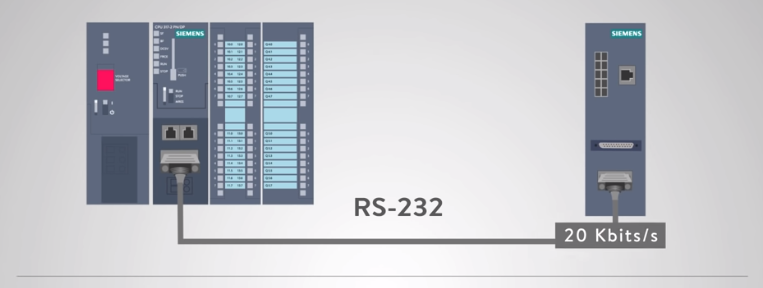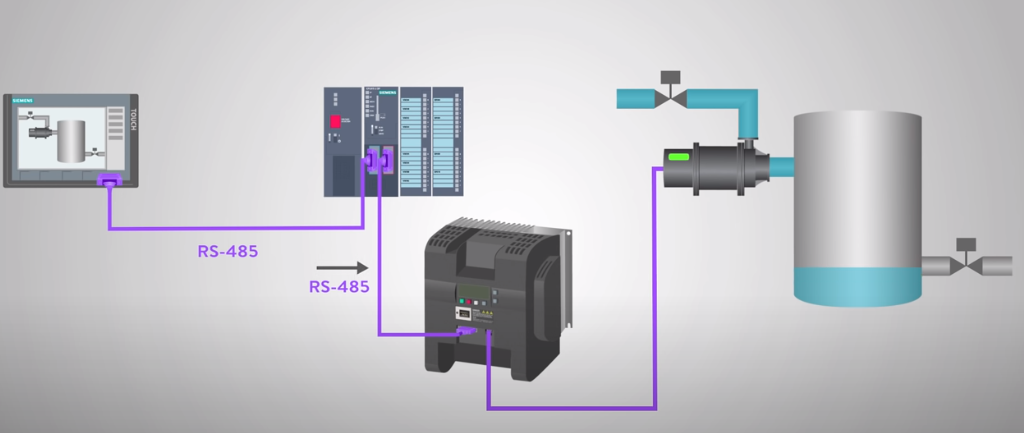Compressor Technology Report
A gentleman has three transformations: he appears dignified from a distance, is warm upon approach, and speaks with authority.
Understanding the RS-485 Communication Protocol
Introduction
In this article, we will delve into the world of the RS-485 communication protocol. If you are already familiar with RS-232, you will find that RS-485 shares some similarities with it, but also offers significant advantages that make it the preferred choice across various industries. Therefore, let us explore the key features and benefits of RS-485.
Comparison of RS-485 and RS-232
Before we dive into the specifics of RS-485, let us briefly compare it with its older sibling, RS-232.
-
RS-485 is a faster and more versatile form of serial communication.
-
Unlike RS-232, RS-485 allows multiple devices to communicate simultaneously.
-
RS-485 provides a longer maximum cable length, typically up to 1,200 meters (approximately 4,000 feet).
-
Unlike RS-232, RS-485 lacks standardized connectors but typically uses DB-9 connectors or terminal blocks, enhancing its versatility.

Enhanced Connectivity
A standout feature of RS-485 isits ability to connect multiple devices.
-
RS-485 supports connections for up to 32 devices, enabling complex industrial applications and control of entire systems.
-
In contrast, RS-232 is limited to a single connection, making it less suitable for scenarios requiring interconnection of many devices.
Interference Resistance
RS-485 demonstrates superior interference resistance compared to RS-232, which is a critical factor in industrial environments where electrical noise can severely impact electronic devices.
-
RS-232 relies on a reference ground for data transmission, making it susceptible to electrical noise interference.
-
RS-485 allows for cable shielding to minimize noise interference, ensuring reliable communication in noisy environments.
Practical Applications
Now that we understand the advantages of RS-485, let us explore some scenarios where it excels in practical applications.
-
In the field of industrial automation, RS-485 is frequently used for remote control of variable frequency drives (VSDs). This allows operators to remotely monitor and adjust the speed of motors driving equipment, such as compressors.
-
If you are monitoring reservoir irrigation operations and notice that the irrigation speed of the water pump is insufficient to meet demand, you can remotely monitor and control the pump speed from a central control station via an RS-485 network. This is because the Human-Machine Interface (HMI) connects to the Programmable Logic Controller (PLC) through RS-485, and the PLC connects to the VSD using the same protocol.
-
By monitoring water levels and manually adjusting flow rates via the PLC, you can instruct the VSD to increase the pump speed, thereby resolving the issue through RS-485 communication.

In conclusion, RS-485 is a powerful and versatile communication protocol that outperforms its predecessor, RS-232. Its longer cable length, support for multiple devices, interference resistance, and flexibility make it an ideal choice for industrial automation and control systems. RS-485 has transformed the way we connect and control devices, paving the way for more efficient and reliable industrial operations.
References: Hitachi Compressor Official Website, Atlas Copco Official Website, Ingersoll Rand Official Website, Fusheng Compressor Official Website, Boge Official Website, Internet Information
© THE END
For reprints, please contact this public account for authorization.
For submissions or reporting inquiries: [email protected]